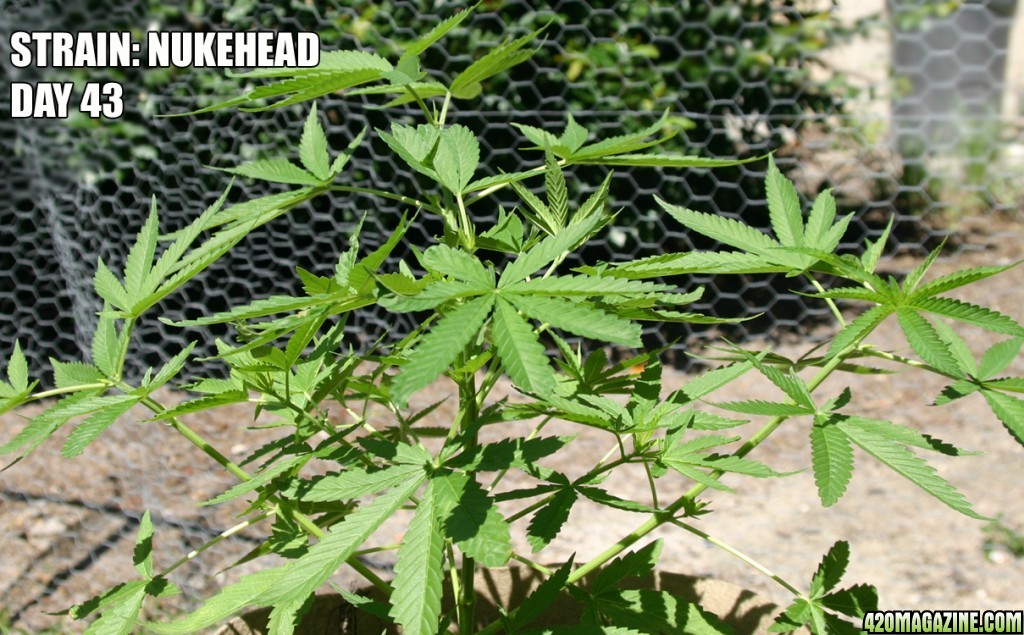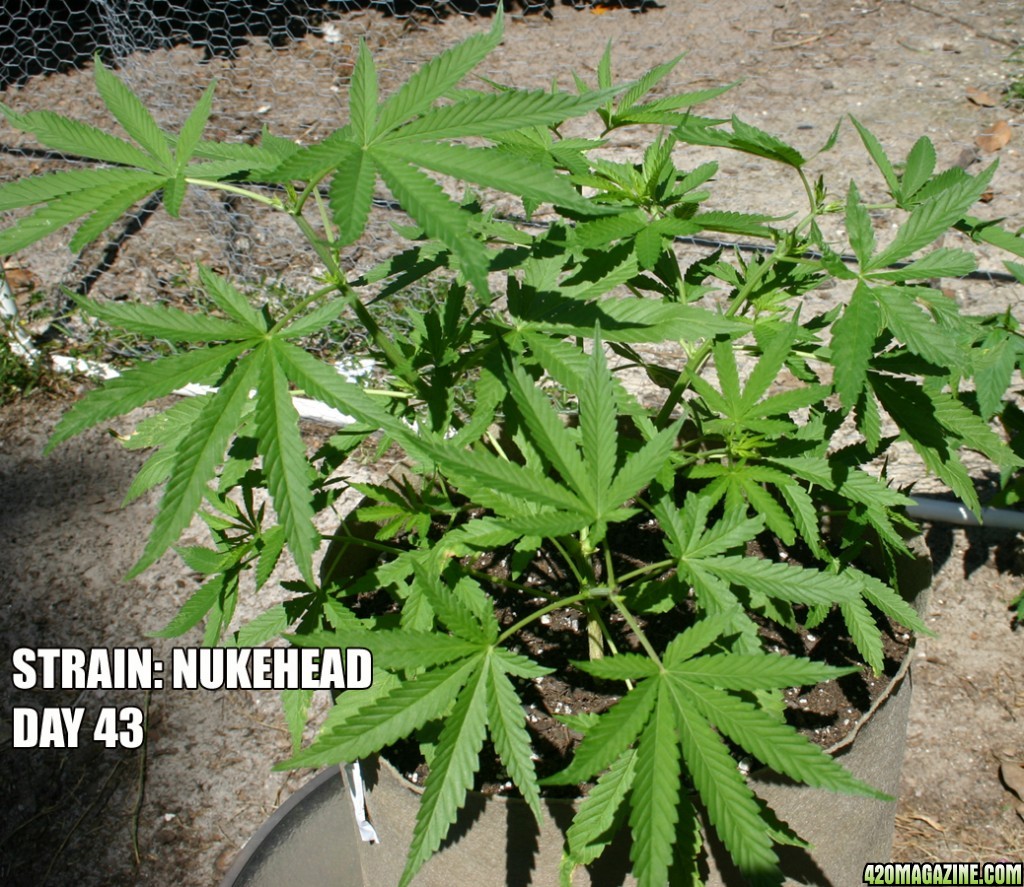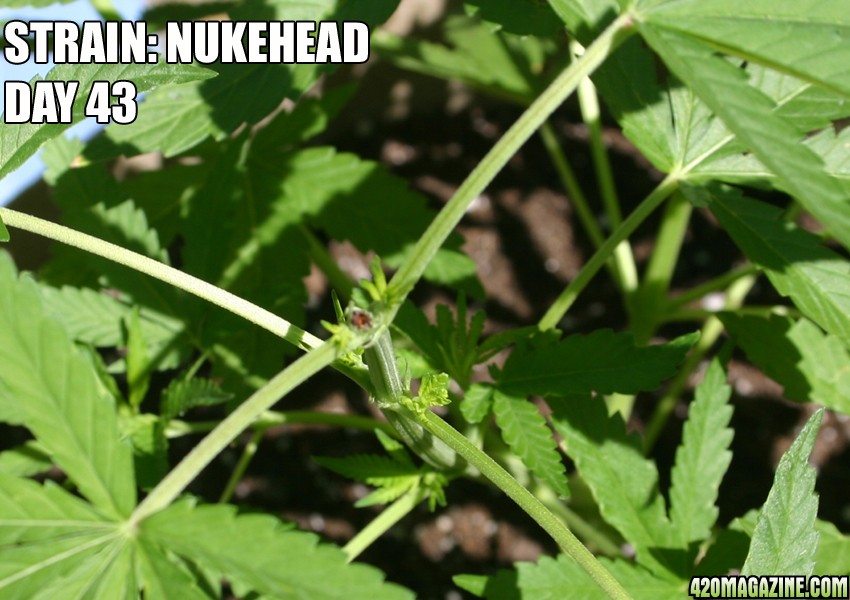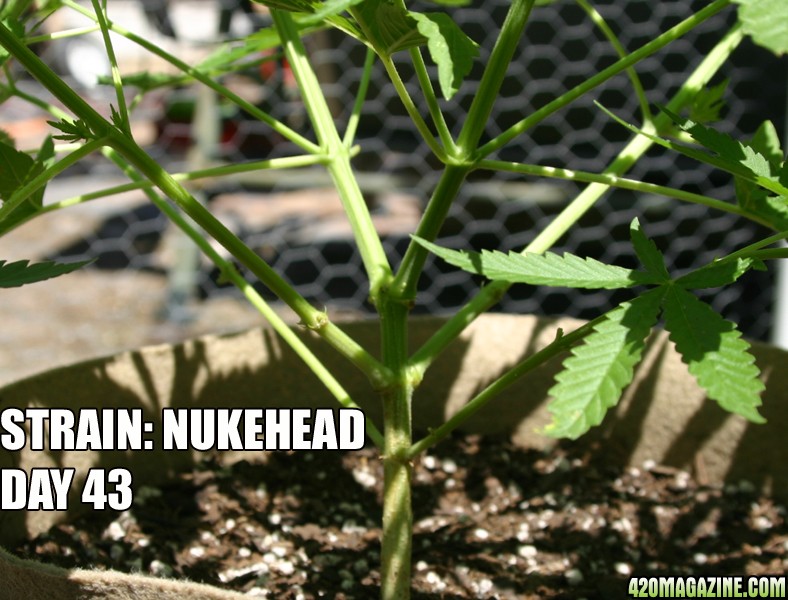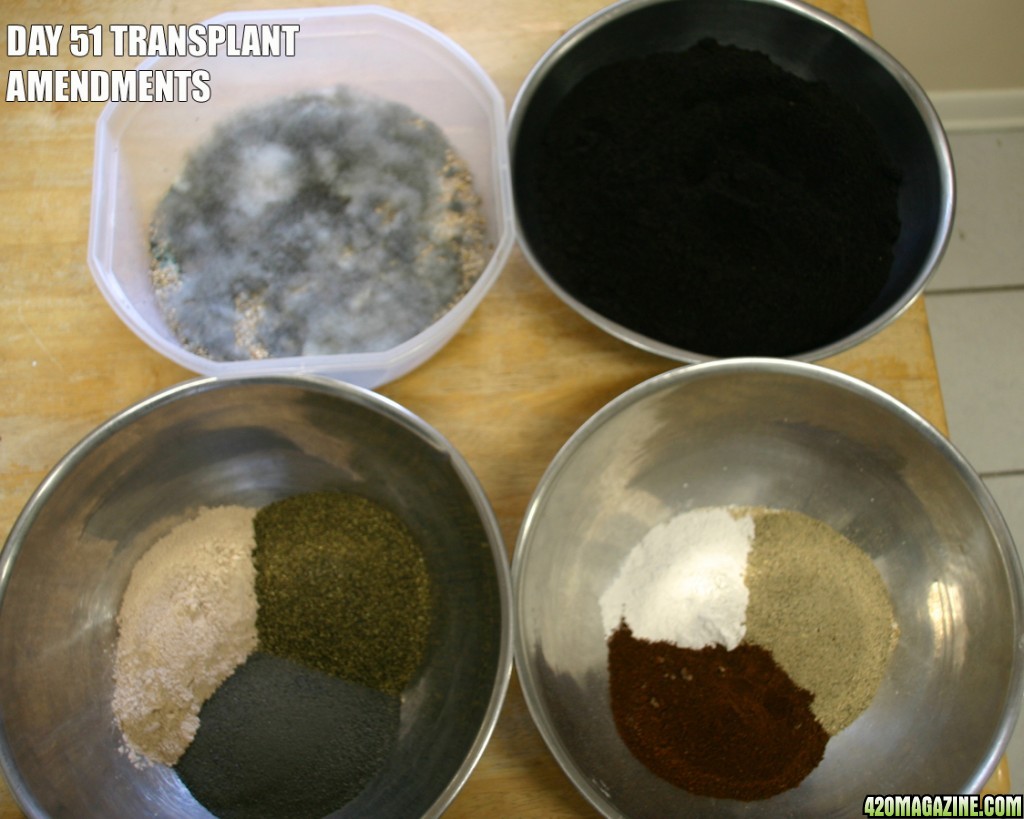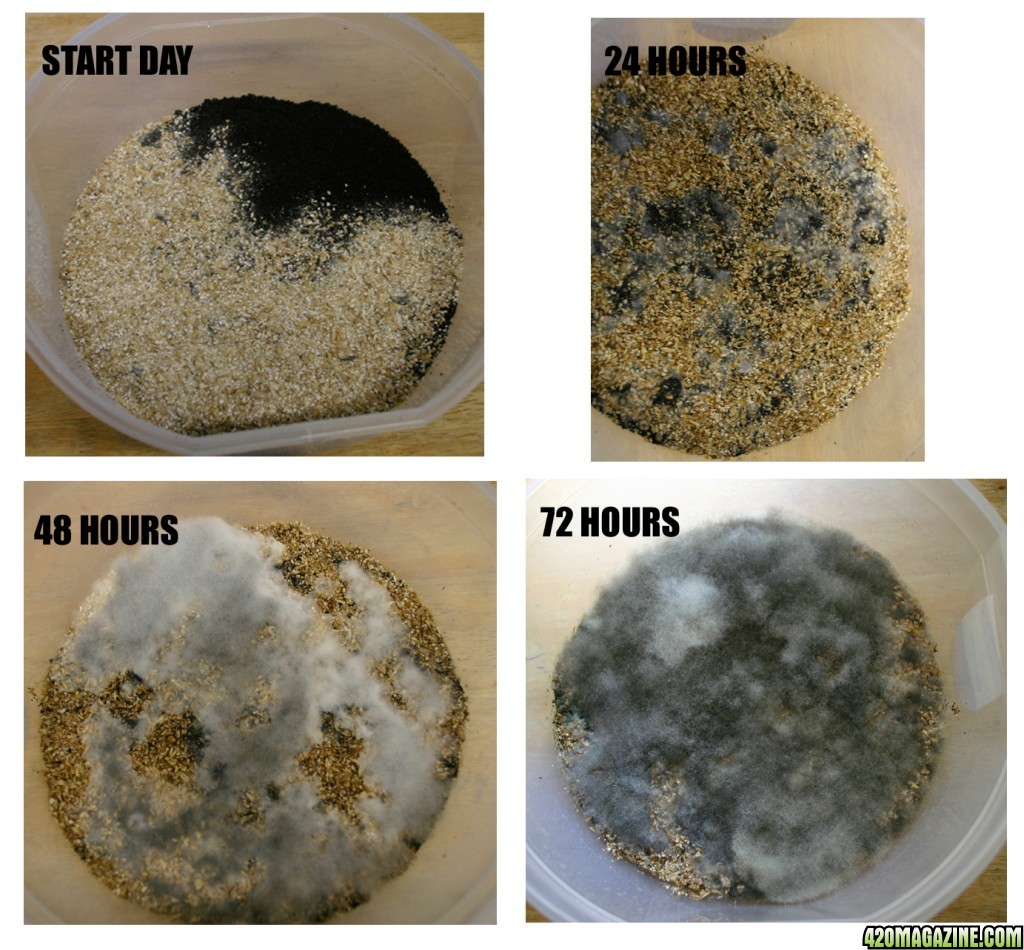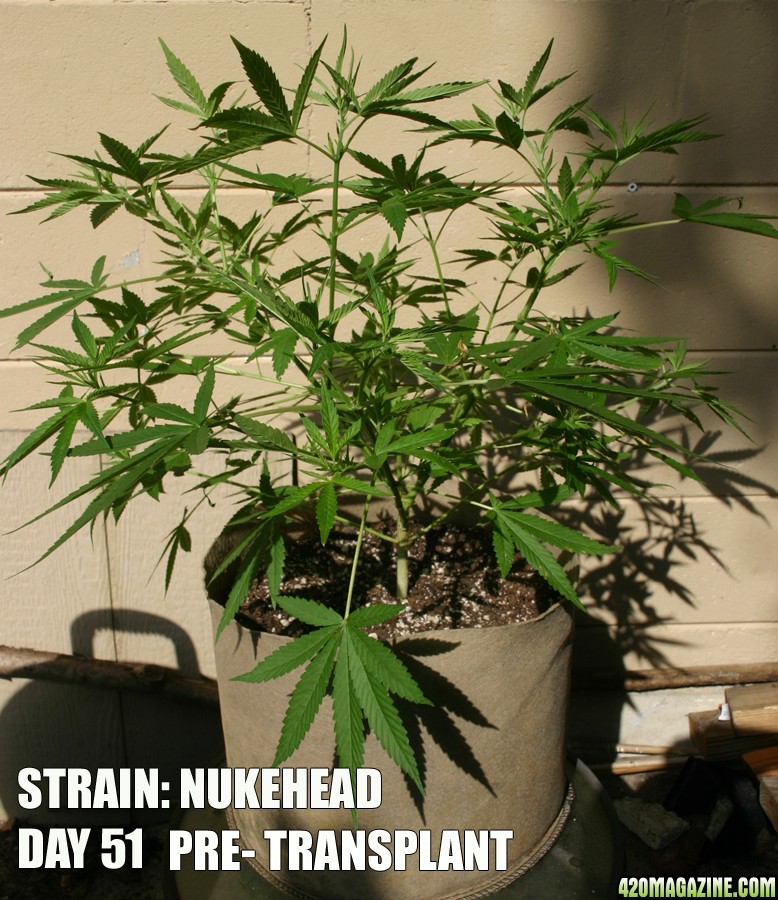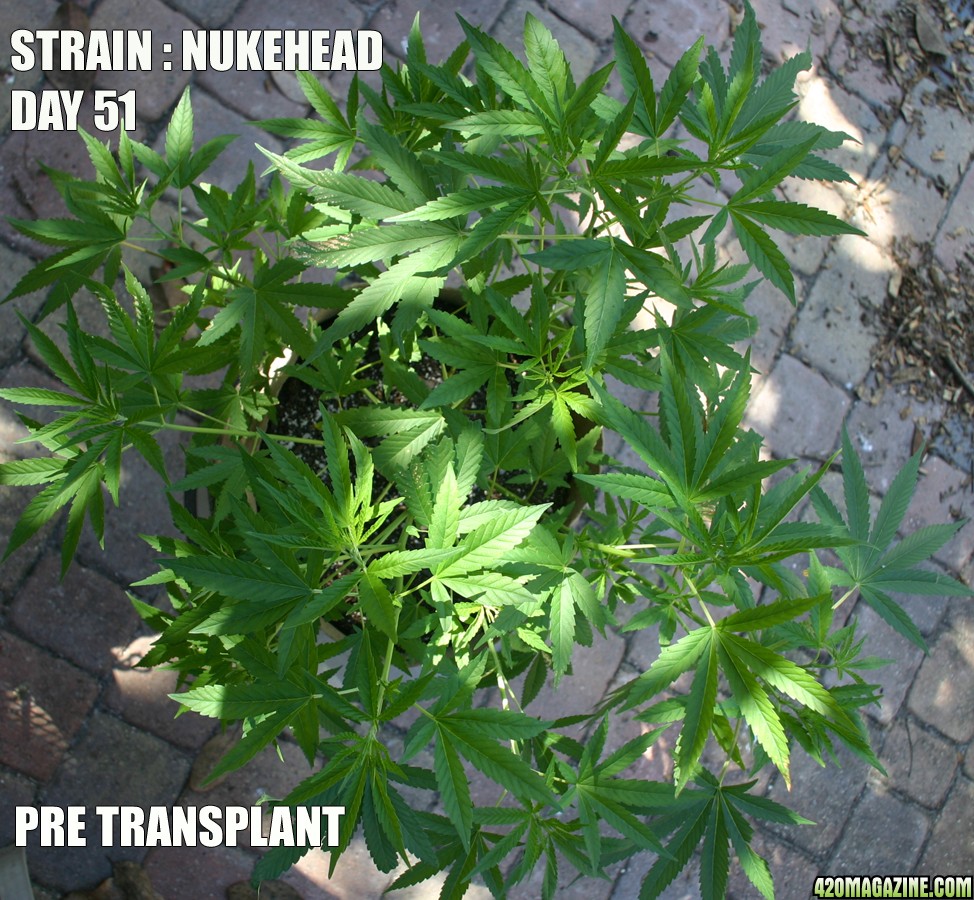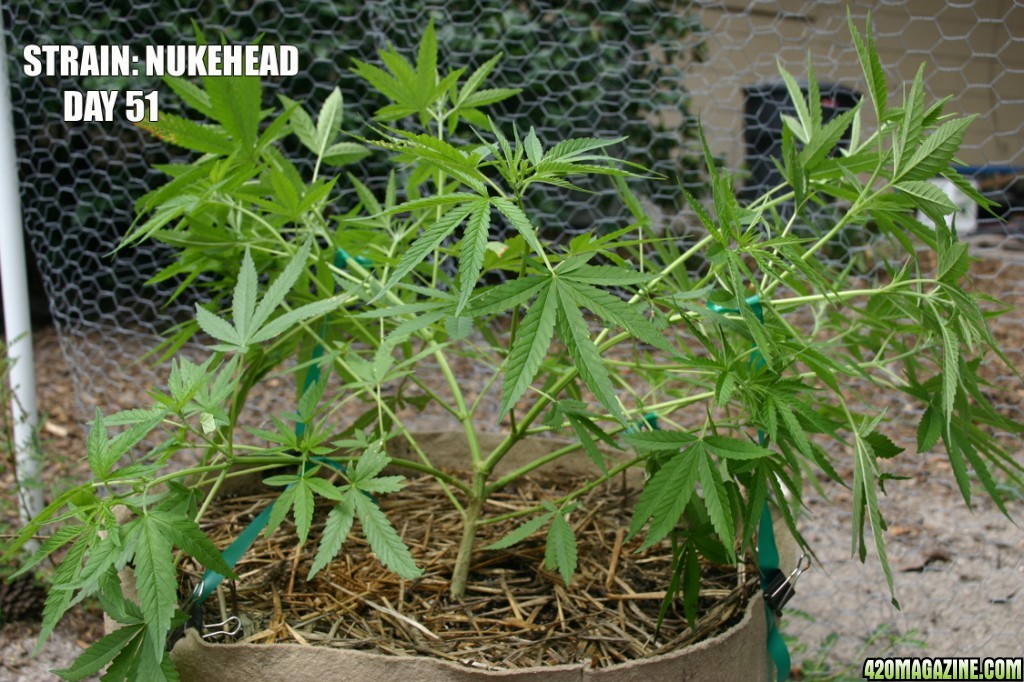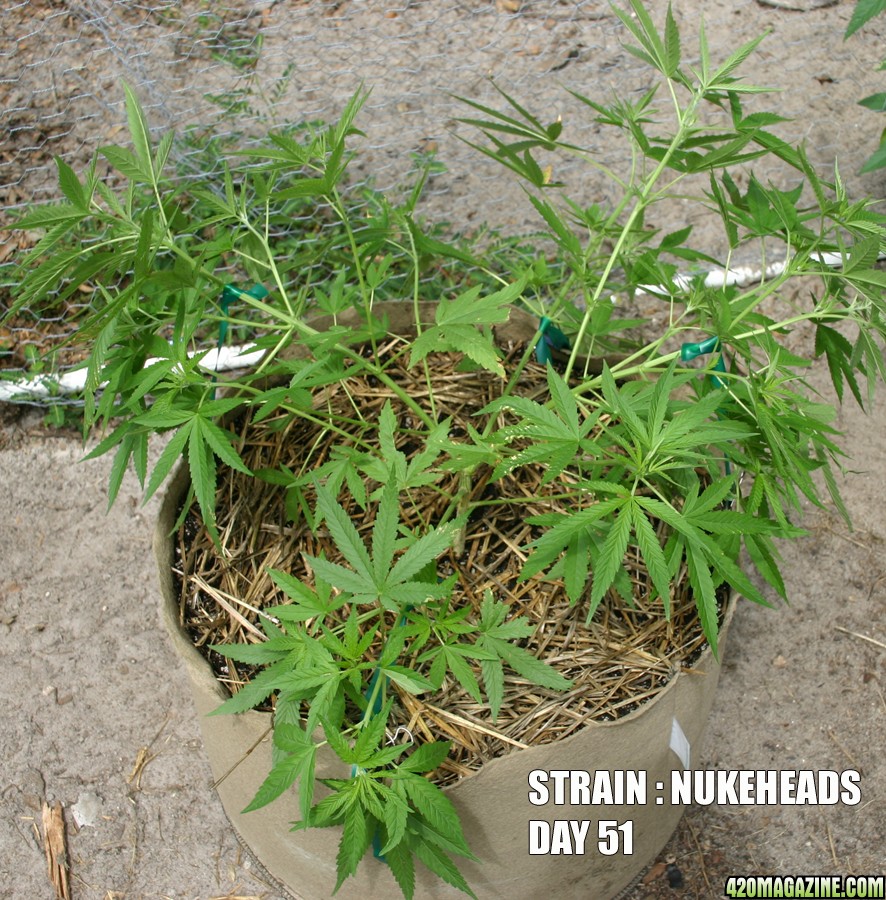Stillalive420
Well-Known Member
I wish him luck, just curious, what do you do for magnesium?
How To Use Progressive Web App aka PWA On 420 Magazine Forum
Note: This feature may not be available in some browsers.
I agree. That is definitely something that makes it more difficult.This is just my opinion, but for me usually, by the time I spot and identify the problem in a organic grow and treat it. By then the plants already suffered a little, if not allot.

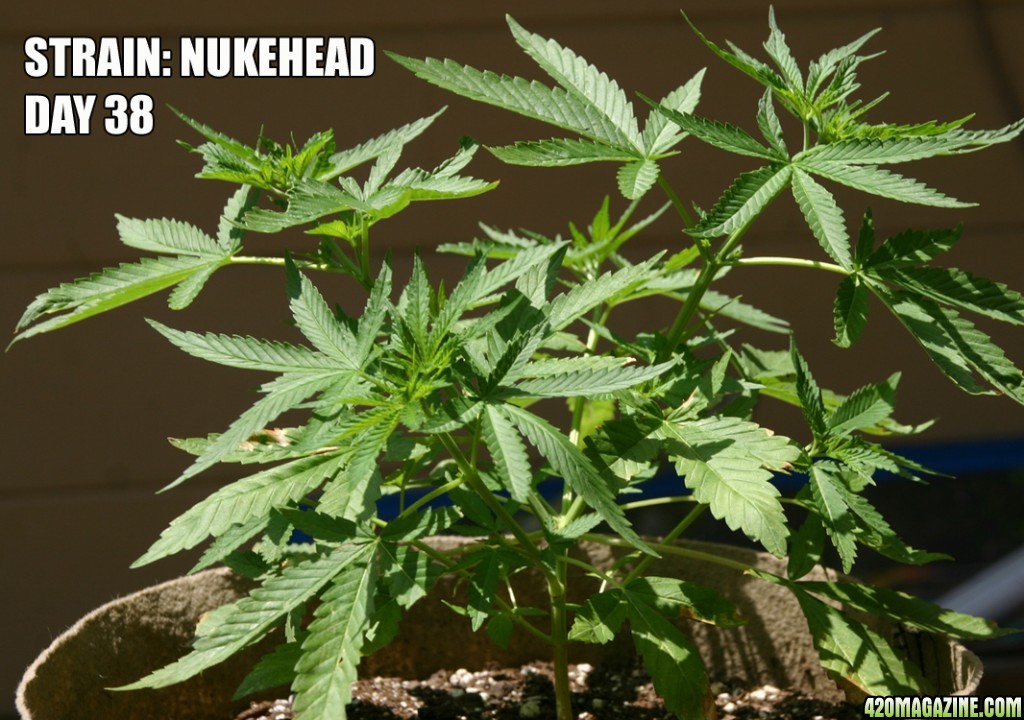
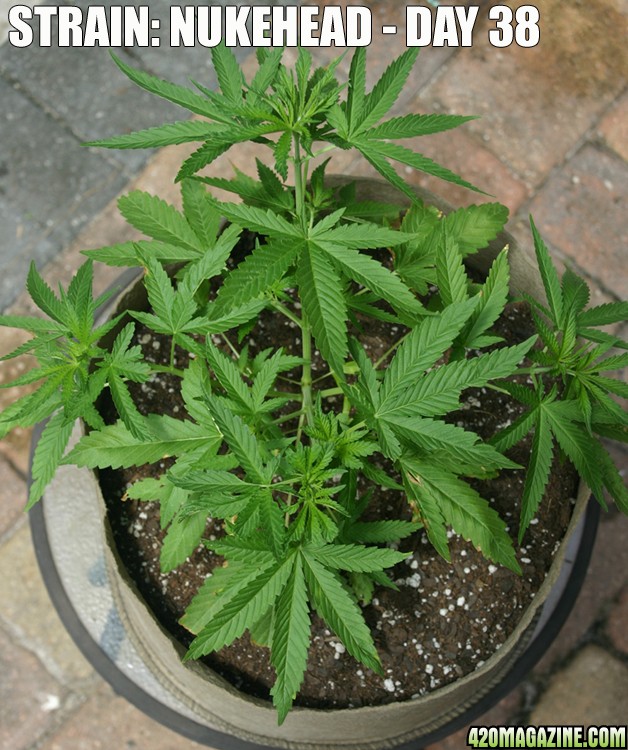
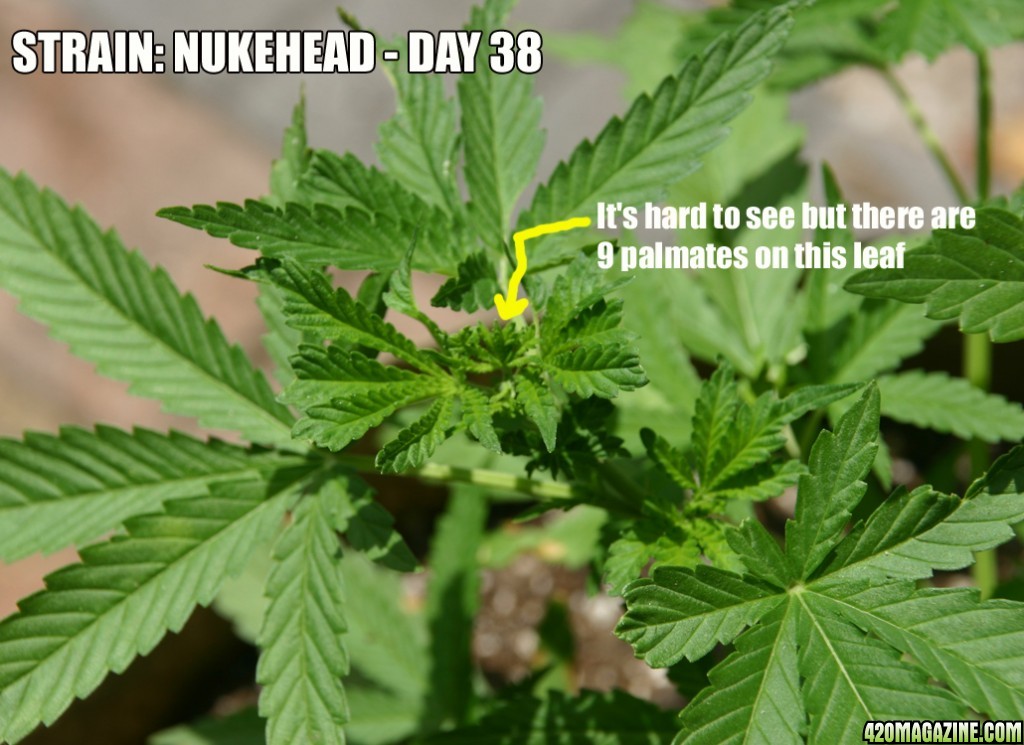
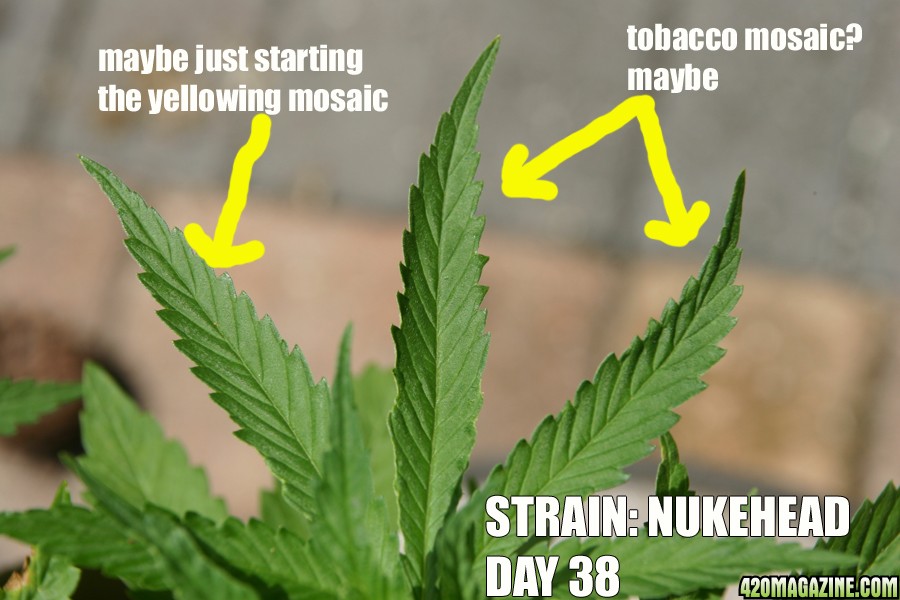
Stillalive If you want to evangelize about organics vs synthetics take it to your own thread and leave bullit alone. It's his first grow and he's doing great!!!No argument, your right, I don't know what I'm talking about have a great day sir a good luck with the grow OP if you took what I said as a argument I'm sorry. But that wasn't the point, the point was that it's impossible to get the plant everything it needs, when it needs it, like I said I wish him luck with it.
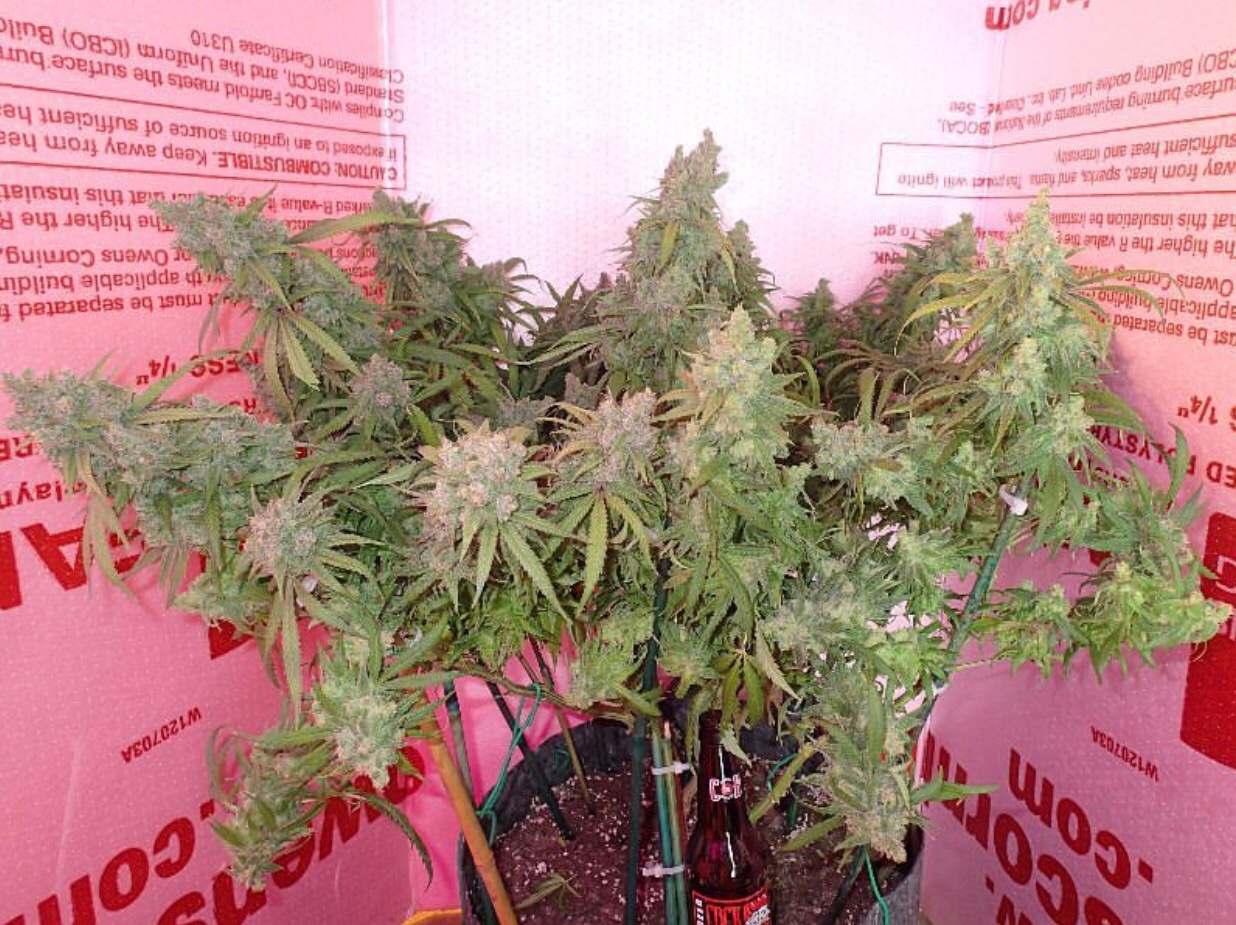
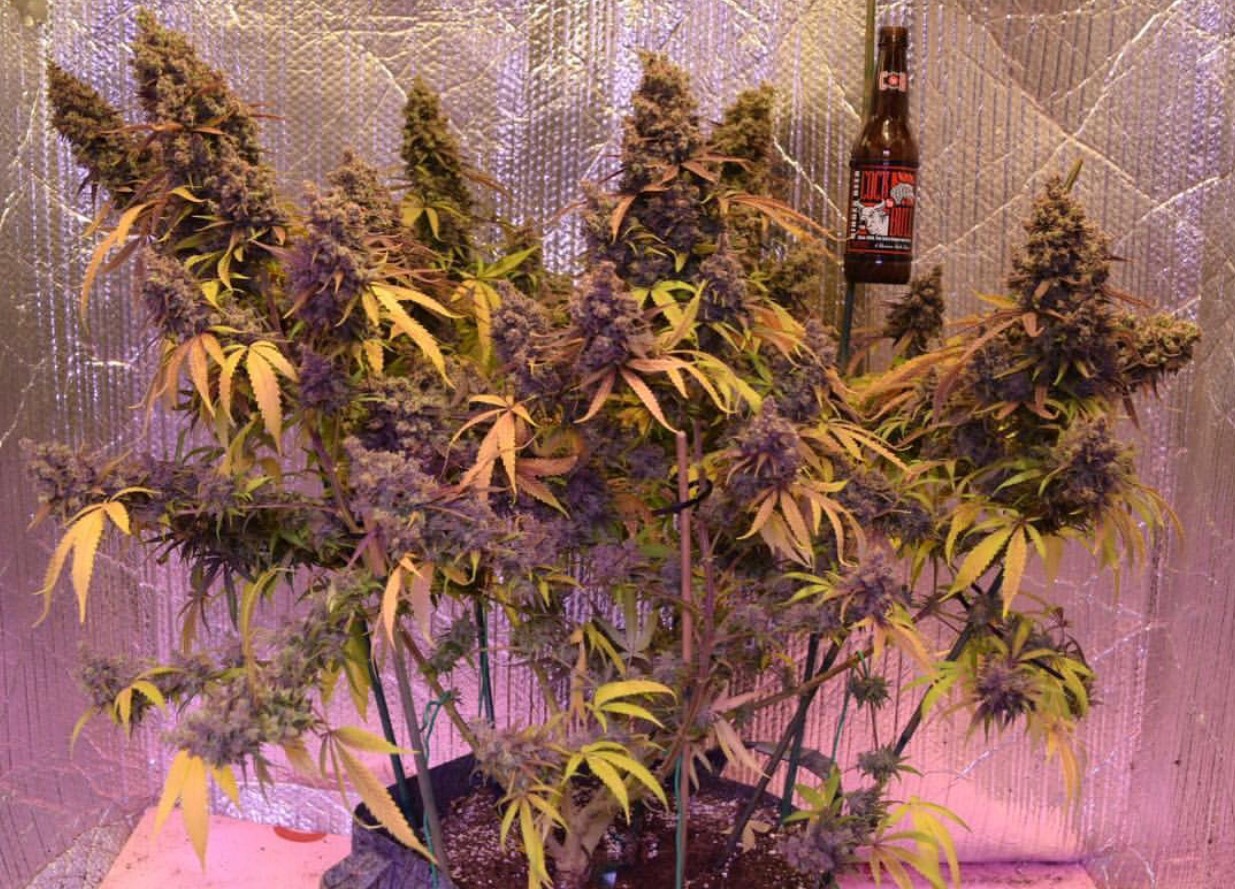
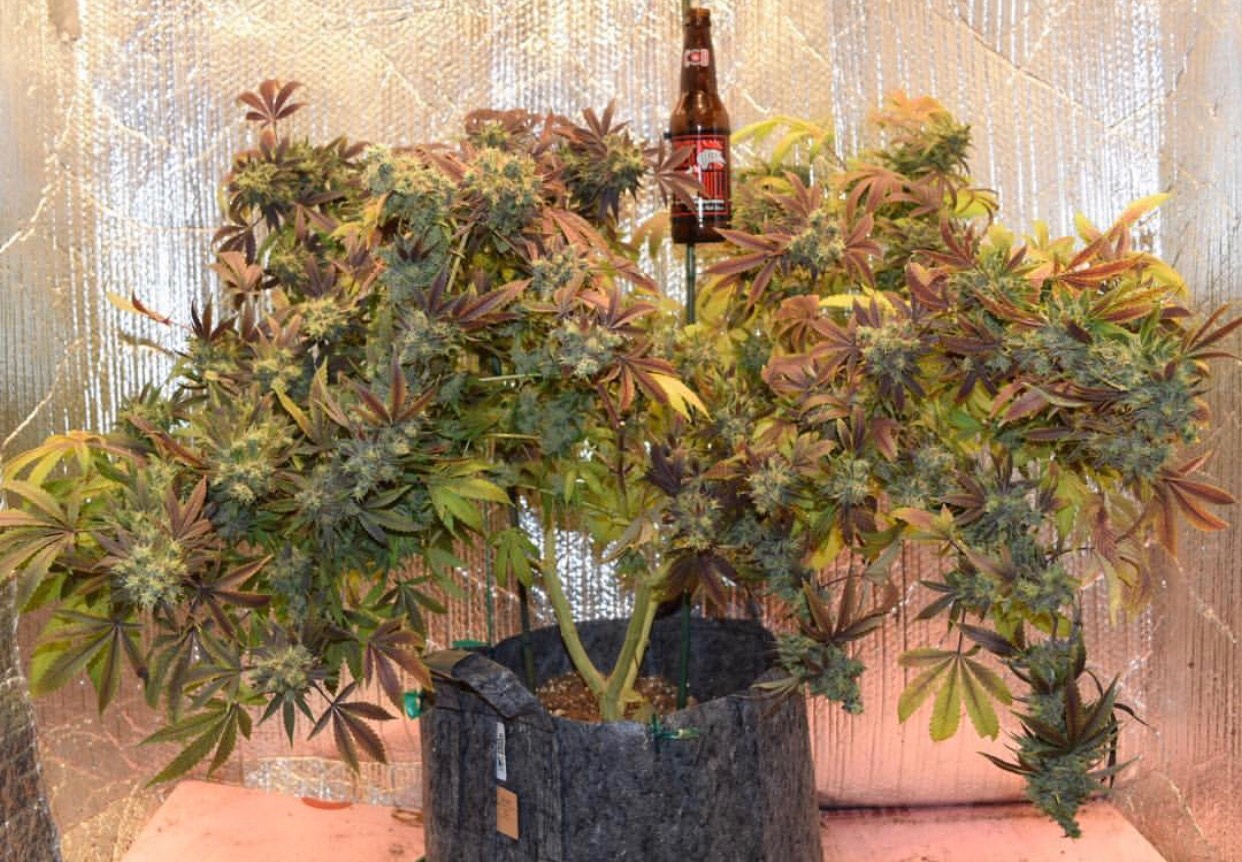
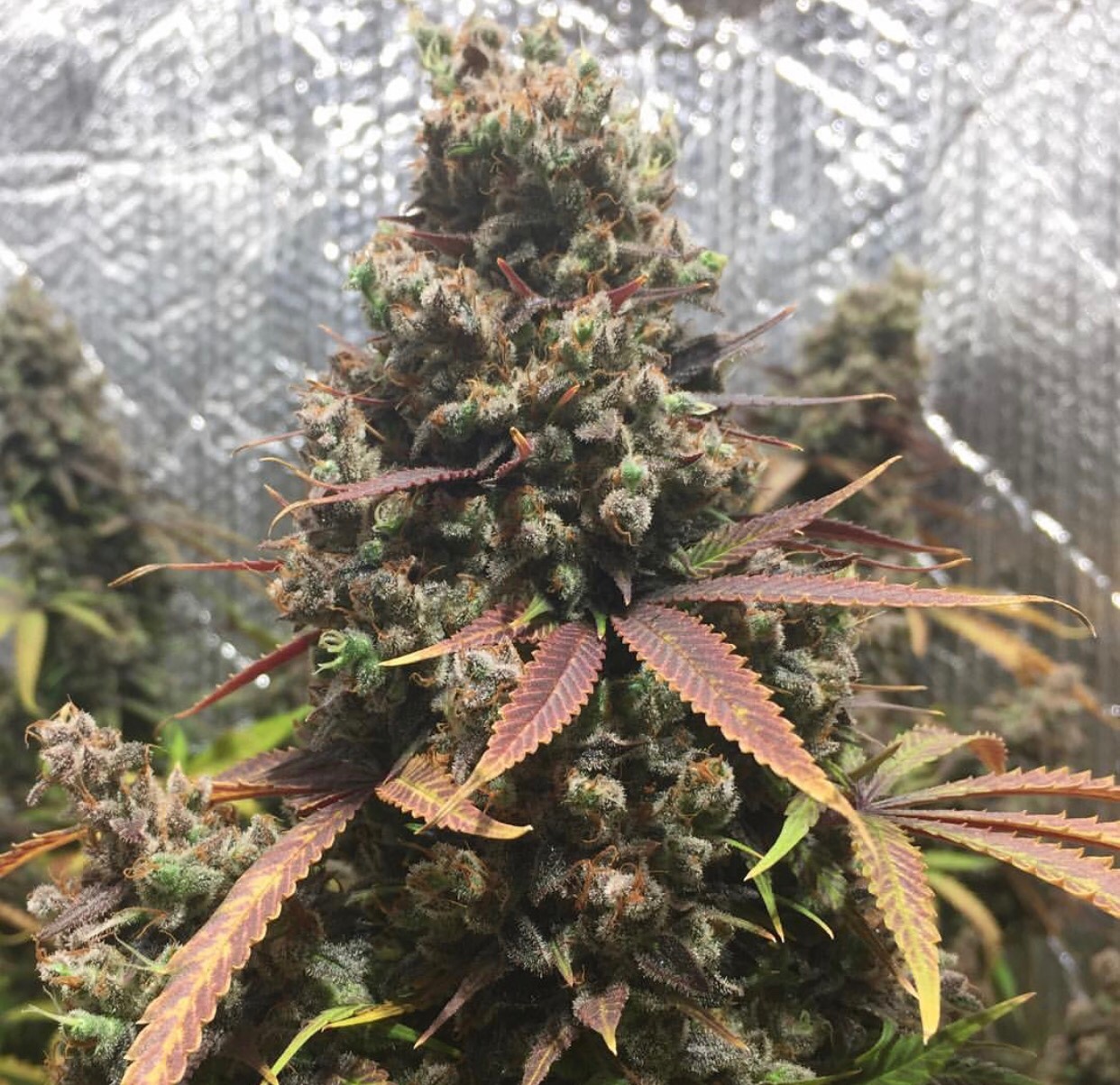
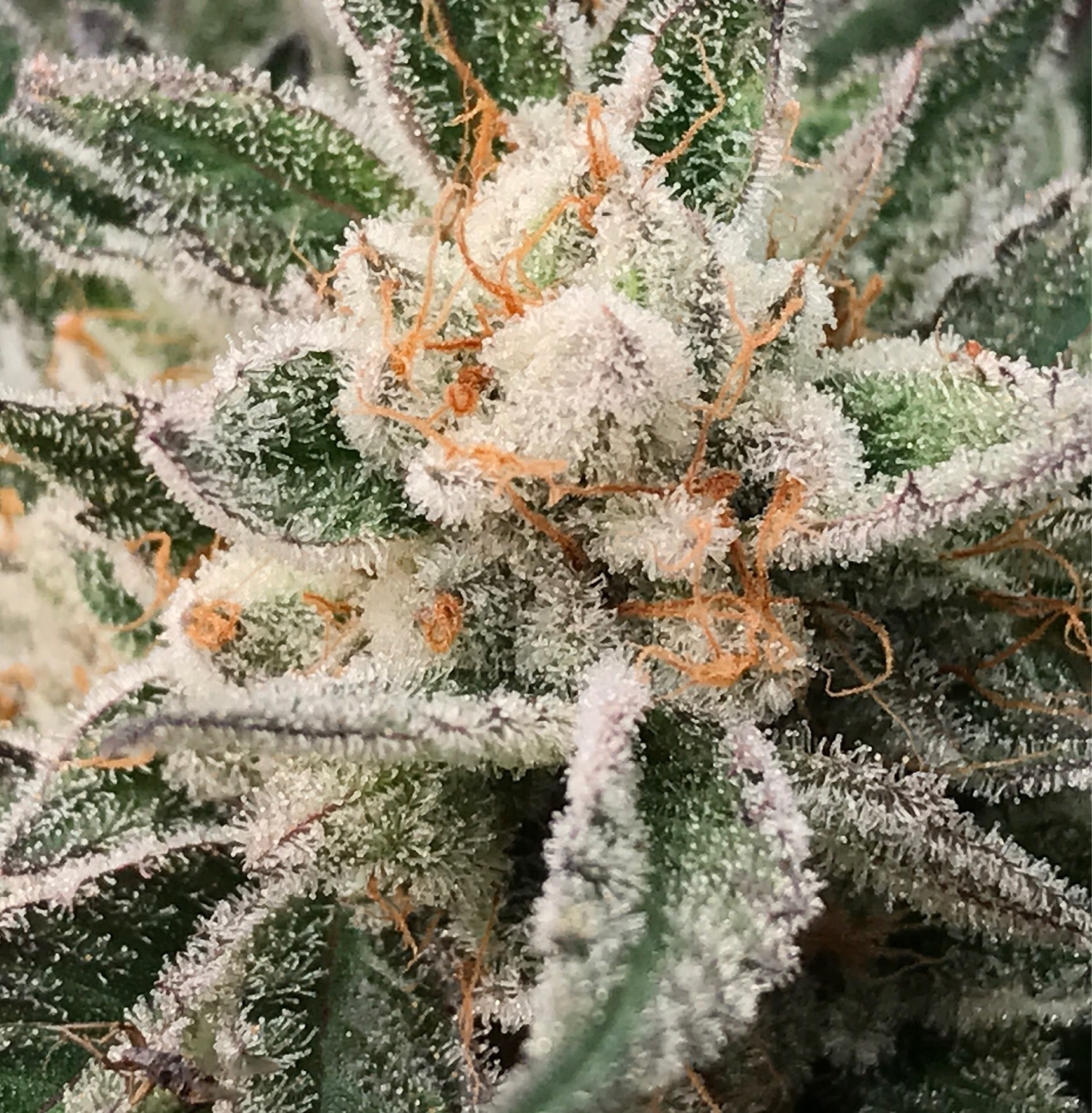
Not you silly goose! I was basically backing you up lol
